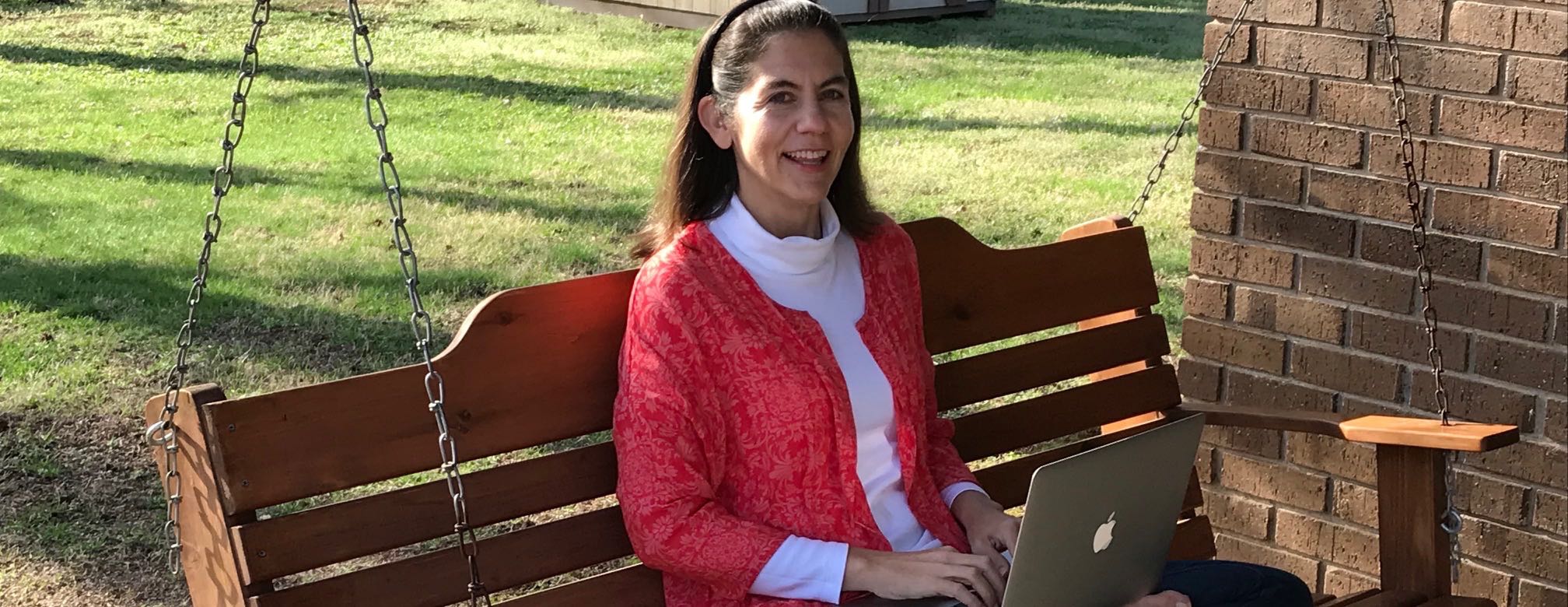
Credit: www.pixabay.com
Welcome to the fourth instalment of my blog series based on the book I recently read, Your Spine, Your Yoga, by Bernie Clark.
Your Spine, Your Yoga is divided into five chapters: the axial body, the sacral complex, the lumbar, the thoracic and the cervical complex.
This post is dedicated to the chapter on the lumbar segment, also known as the lower back.
How many commercials and advertisements have you seen for lower back pain remedies? Heaps!
Yes, Yoga can help with lower back pain, unfortunately, many practitioners are trying to force mobility on the lumbar portion of the spine and causing more damage than good. Instead, we should be striving for stability of the lumbar spine.
As mentioned in my post on the axial body, the spine’s first priority it to stabilise us humans, its secondary function it to mobilise us.
The curve in the lumbar spine is called lordosis, it’s this curve that allows us humans to be upright and bring the shoulders up and over our hips when standing. This curve means we expend less energy to stay upright versus a four-legged animal. Think of a dog when commanded to stand. They normally can’t stand very long because they have to bend their knees to keep themselves upright and this takes more energy. Again, the lumbar is stabilising us in order to stand upright.
It is important to keep in mind that the lumbar spine can extend, that’s when you go backwards. However, the lumbar doesn’t necessarily flex, the curve simply goes flat. Whenever you are in Forward Fold (Uttanasana) the upper back has flexed but the lumbar will appear flat. Even a contortionist who can bend over and put their head between their legs and look at their own bottom will still have a flat lumbar.
To stabilise the lumbar, the author of Your Spine, Your Yoga, suggests the following poses that are considered low risk/high reward poses:
-Locust Pose (Salabhasana) but with the arms by the side. Do not take the arms forward as in Superman position.
-Side Plank (Vasisthasana). Variations include with knees on the floor, legs straight with the blades of both feet on the floor or both legs and feet stacked.
-Balancing Cat (Marjaryasana)
To mobilise the lumbar, the author of Your Spine, Your Yoga, suggests the following poses:
-Cat/Cow Flow (Marjaryasana/Bitilasana)
-Sphinx Pose (Salamba Bhujangasana)
-Reclining Half Moon Pose (Bananasana)
Lastly, the spine offers us stability and mobility, but when it comes to the lumbar, remember that load is allowed when the lumbar is stable or not moving. What does this mean? Perhaps you’ve seen a Work Health & Safety poster where there’s a guy hinged at the hips, lifting a giant box and wearing a horrid expression on his face? Well, that’s what it looks like when you’re carrying a load and moving the lumbar. It doesn’t matter how strong you are, or how many minutes you can hold Locust Pose (Salabhasana), the body will not like you if you try to twist and turn while carrying a heavy load.
Please contact me if you would like to hold a private, in person or online yoga session where we can discuss your needs and I can design a Yoga plan uniquely for you.
That sums up another post on the spine. Feel free to leave any comments or insights below about the lumbar spine. Next post: the thoracic spine.
